China has launched a global initiative to develop post-quantum cryptographic algorithms, diverging from US-led efforts.
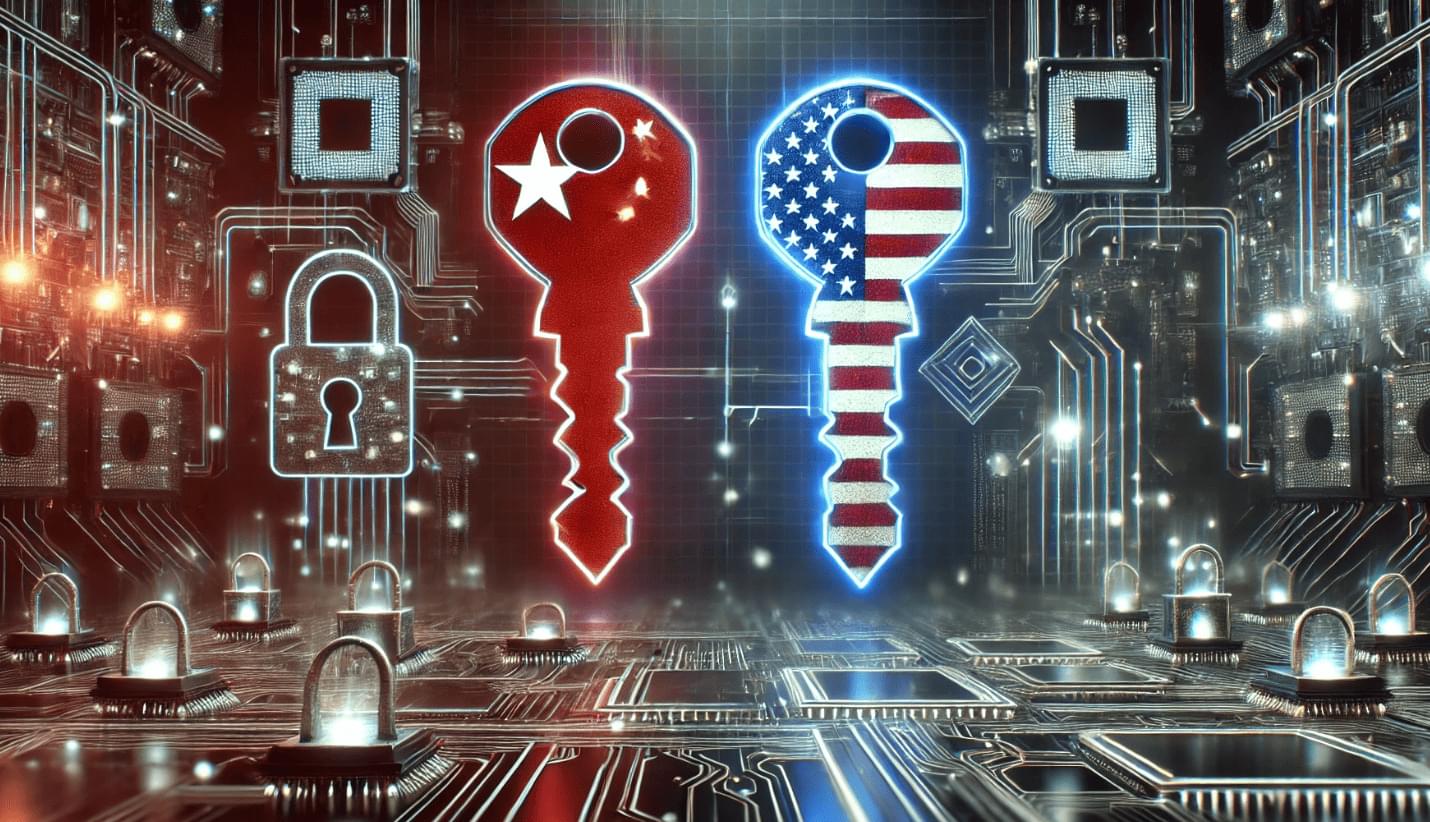

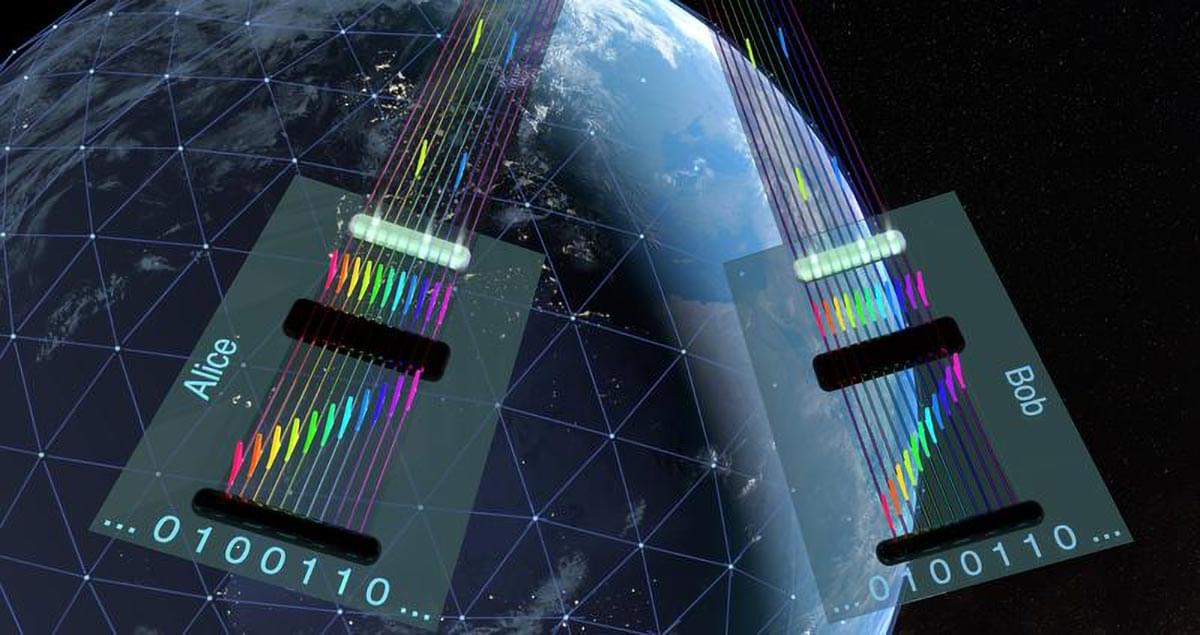
As quantum computers threaten traditional encryption, researchers are developing quantum networks to enable ultra-secure communication.
Scientists at Leibniz University Hannover have pioneered a new method using light frequencies to enhance quantum key distribution. This breakthrough reduces complexity, cuts costs, and paves the way for scalable, tap-proof quantum internet infrastructure.

Data security on the internet is under threat: in the future, quantum computers could decode even encrypted files sent over the internet in no time. Researchers worldwide are, therefore, experimenting with quantum networks that will enable a paradigm shift in the future when globally connected to form the quantum internet.
Such systems would be able to guarantee tap-proof communication through quantum mechanical phenomena such as superposition and entanglement, as well as cryptographic quantum protocols. However, the quantum internet is still in its infancy: high costs coupled with high energy consumption and a high level of complexity for the necessary technologies have prevented quantum networks from scaling easily.
Two researchers at the Institute of Photonics at the Leibniz University Hannover want to remedy this situation. Using frequency-bin coding, they have developed a novel method for entanglement-based quantum key distribution. This quantum mechanical encryption technique uses different light frequencies, i.e. colors, to encode the respective quantum states. The method increases security and resource efficiency.
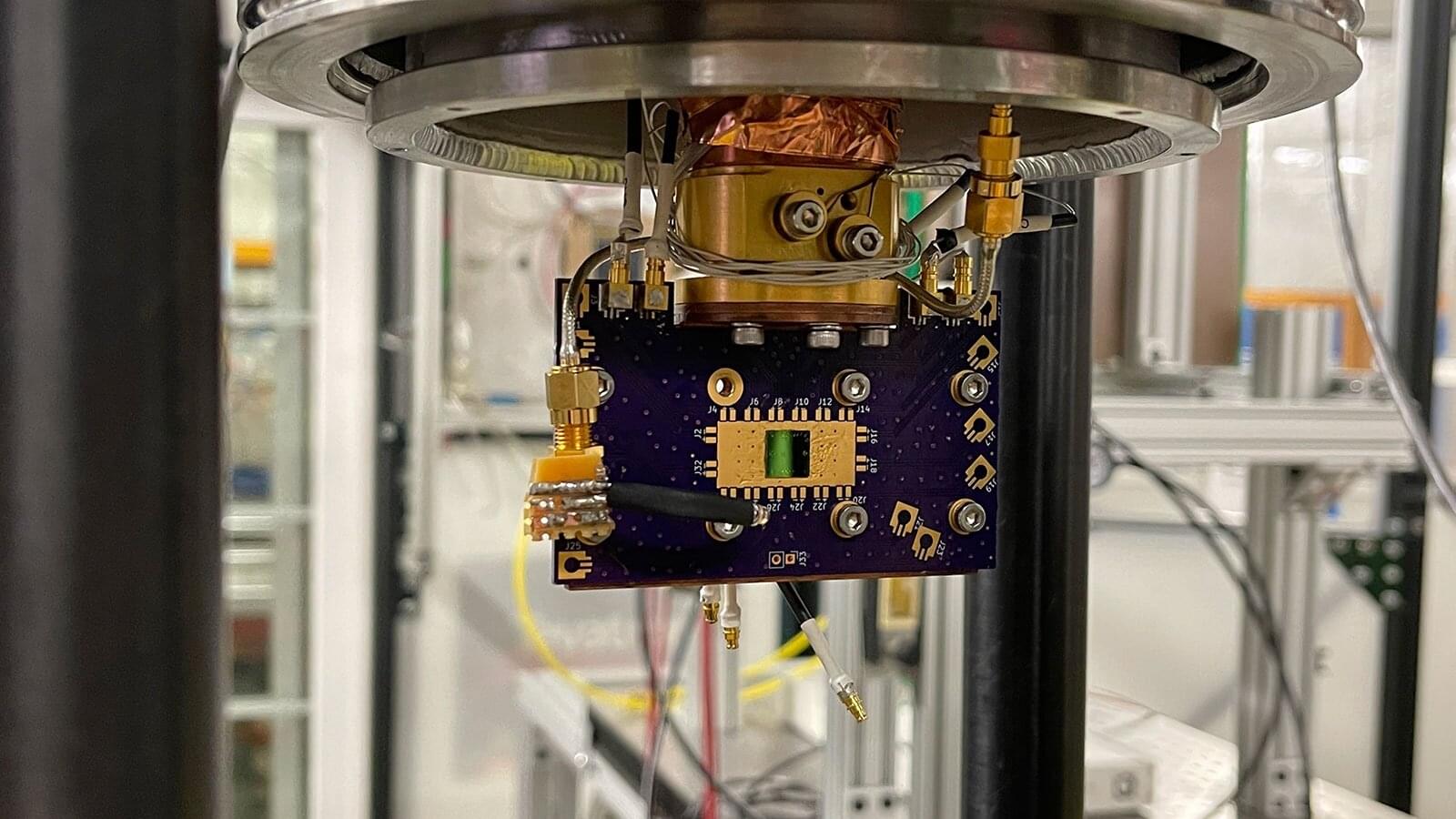
Particle detectors play a crucial role in our understanding of the fundamental building blocks of the universe. They allow scientists to study the behavior and properties of the particles produced in high-energy collisions. Such particles are boosted to near the speed of light in large accelerators and then smashed into targets or other particles where they are then analyzed with detectors. Traditional detectors, however, lack the needed sensitivity and precision for certain types of research.
Researchers at the U.S. Department of Energy’s (DOE) Argonne National Laboratory have made a significant breakthrough in the field of high-energy particle detection in recent experiments conducted at the Test Beam Facility at DOE’s Fermi National Accelerator Laboratory (Fermilab).
They have found a new use for the superconducting nanowire photon detectors (SNSPDs) already employed for detecting photons, the fundamental particles of light. These incredibly sensitive and precise detectors work by absorbing individual photons. The absorption generates small electrical changes in the superconducting nanowires at very low temperatures, allowing for the detection and measurement of photons. Specialized devices able to detect individual photons are crucial for quantum cryptography (the science of keeping information secret and secure), advanced optical sensing (precision measurement using light) and quantum computing.

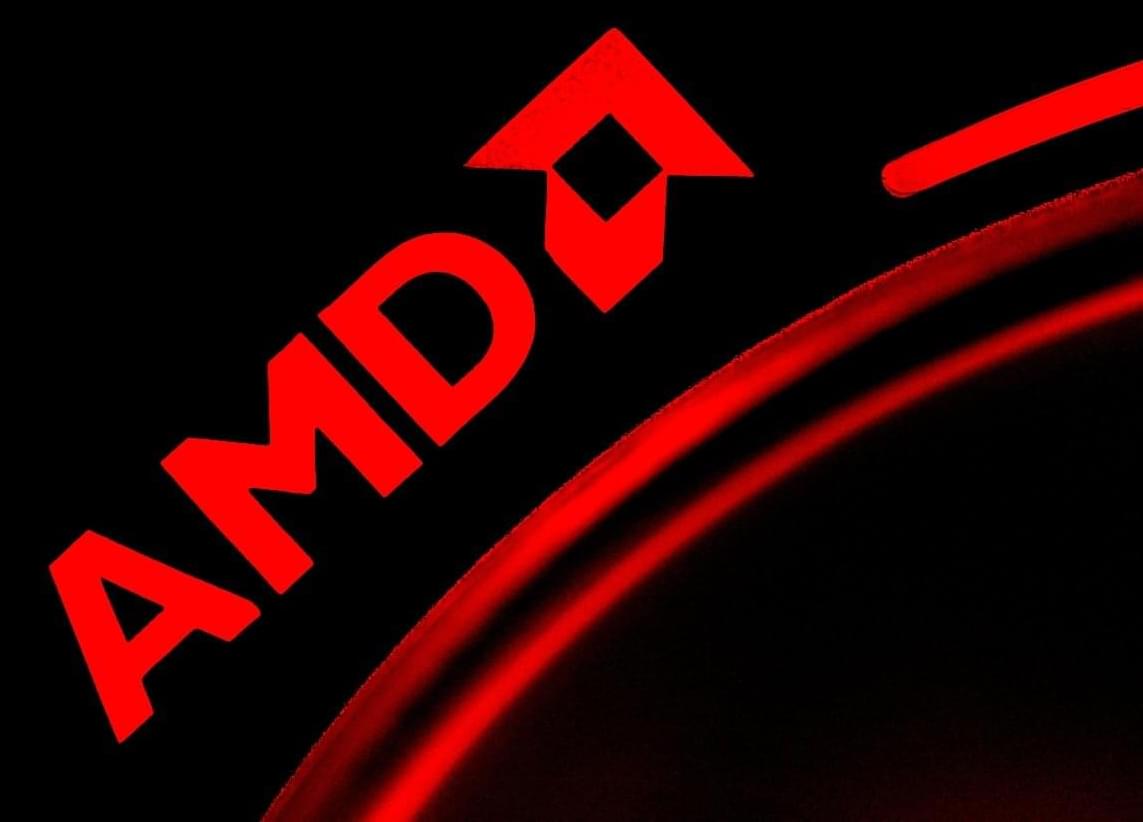
AMD has released mitigation and firmware updates to address a high-severity vulnerability that can be exploited to load malicious CPU microcode on unpatched devices.
The security flaw (CVE-2024–56161) is caused by an improper signature verification weakness in AMD’s CPU ROM microcode patch loader.
Attackers with local administrator privileges can exploit this weakness, resulting in the loss of confidentiality and integrity of a confidential guest running under AMD Secure Encrypted Virtualization-Secure Nested Paging (SEV-SNP).
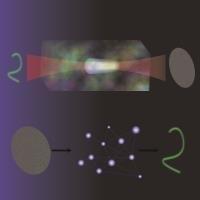
Optical information encoded in holograms is transferred by means of ultrashort laser filaments propagating in highly nonlinear and turbulent media. After propagation, the initial optical information is completely scrambled and cannot be retrieved by any experimental or physical modeling system. Yet, we demonstrate that neural networks trained on experimental data provide a robust way to fully recover the original hologram images. Remarkably, our approach demonstrates the ability to decode intricate spatial information, marking a significant advancement in information retrieval from chaotic media, with applications in secure free-space optical communications and cryptography.
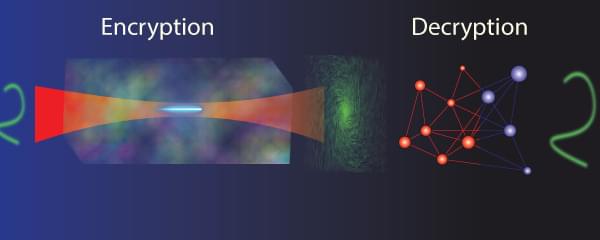
WASHINGTON — As the demand for digital security grows, researchers have developed a new optical system that uses holograms to encode information, creating a level of encryption that traditional methods cannot penetrate. This advance could pave the way for more secure communication channels, helping to protect sensitive data.
“From rapidly evolving digital currencies to governance, healthcare, communications and social networks, the demand for robust protection systems to combat digital fraud continues to grow,” said research team leader Stelios Tzortzakis from the Institute of Electronic Structure and Laser, Foundation for Research and Technology Hellas and the University of Crete, both in Greece.
Optica is the leading society in optics and photonics. Quality information and inspiring interactions through publications, meetings, and membership.
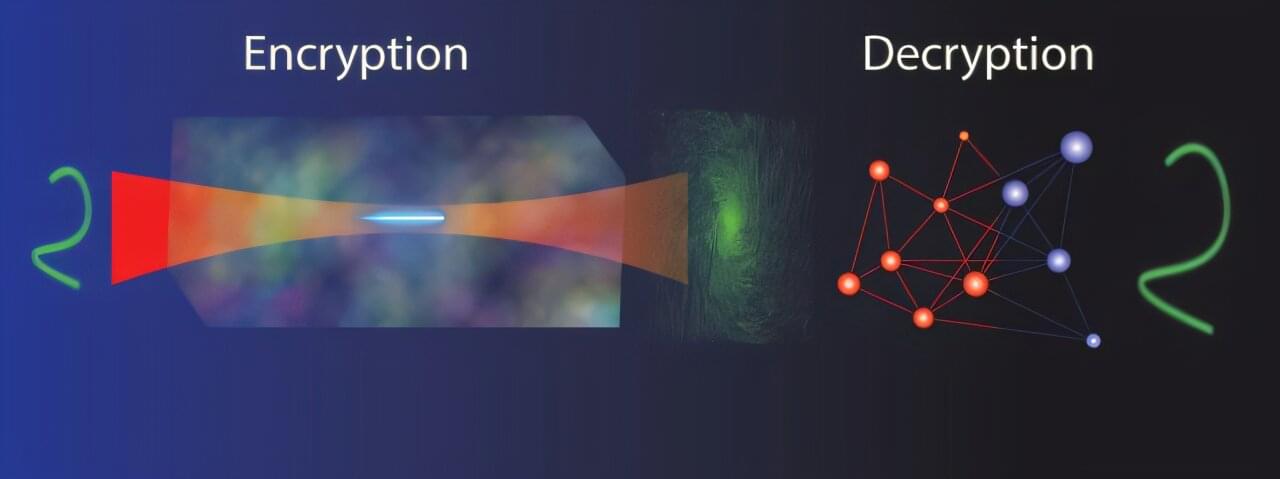
As the demand for digital security grows, researchers have developed a new optical system that uses holograms to encode information, creating a level of encryption that traditional methods cannot penetrate. This advance could pave the way for more secure communication channels, helping to protect sensitive data.
“From rapidly evolving digital currencies to governance, health care, communications and social networks, the demand for robust protection systems to combat digital fraud continues to grow,” said research team leader Stelios Tzortzakis from the Institute of Electronic Structure and Laser, Foundation for Research and Technology Hellas and the University of Crete, both in Greece.
“Our new system achieves an exceptional level of encryption by utilizing a neural network to generate the decryption key, which can only be created by the owner of the encryption system.”
Their method scrambles laser beams into chaotic patterns, making decryption impossible without a trained neural network. This innovation could revolutionize cryptography.
Holograms for Next-Level Encryption
As the demand for digital security grows, researchers have developed a new optical system that uses holograms to encode information, creating a level of encryption that traditional methods cannot penetrate. This advance could pave the way for more secure communication channels, helping to protect sensitive data.